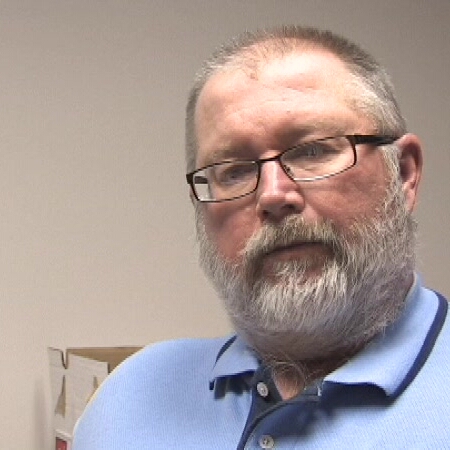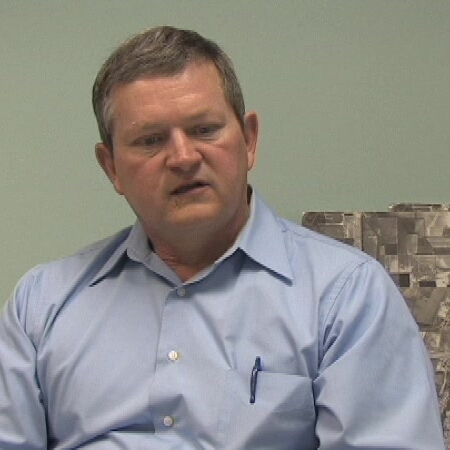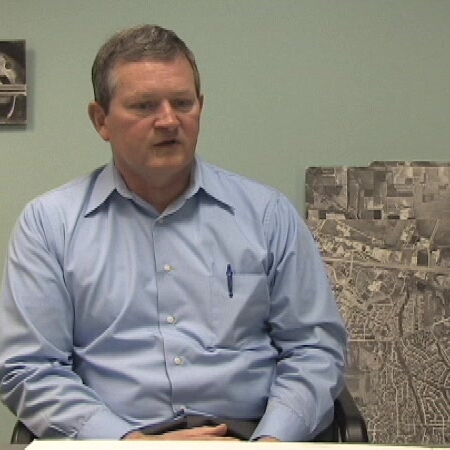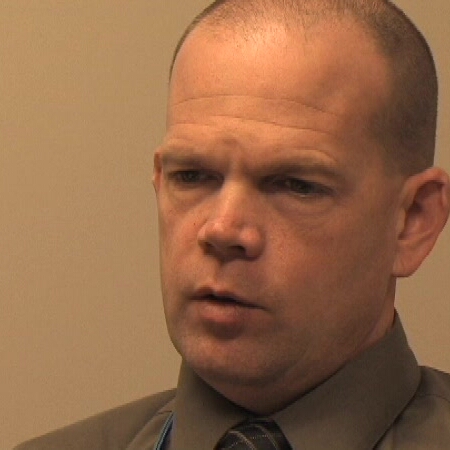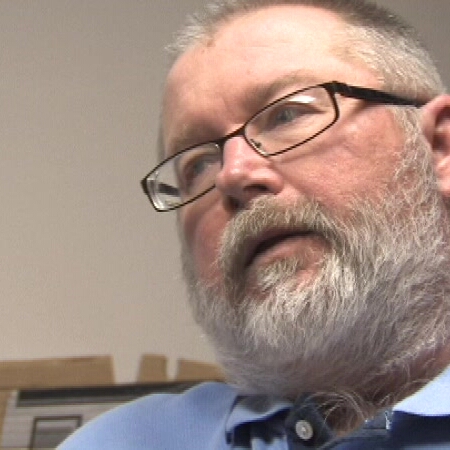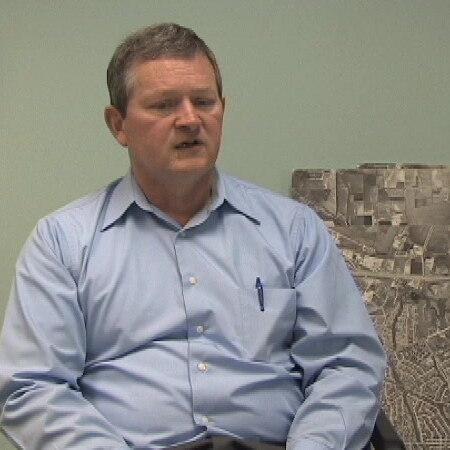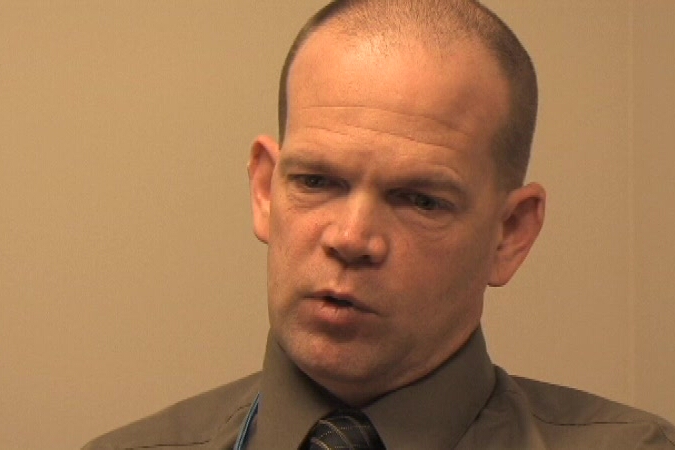In the case of energy efficiency projects, there are additional options
for funding projects beyond those available for "normal" operation and
maintenance and capital projects. These projects have the potential to
reduce energy costs and therefore have different criteria and potential
for funding.
One consideration in terms of funding is the amount of potential cost savings. If the cost savings are great compared to the cost of the capital expenditure, the investment will pay for itself in a short time. If the cost savings is small relative to the capital expenditure, it may take a long time to pay for the project. This concept is called Return on Investment or ROI. As an example, consider changing a constant speed pump to a variable speed pump. Suppose the new pump cost $40,000 and the expected energy cost savings was estimated to be $5,000 per year. In 8 years, the energy savings would equal the cost of the investment, so the pump would pay for itself in 8 years. If the expected life of the pump was longer than 8 years, it would be worth doing this project because everything after 8 years would represent a cost savings to the utility. If the expected life of the pump was less than 8 years, the project would not be worth doing because it would cost the utility more money than it would save.
Another consideration is when to make an investment in a
more energy efficient piece of equipment. If an asset has
reached the end of its useful life, the decision to make the
investment in a more energy efficient asset may be fairly simple.
The asset has to be replaced anyway, so even if the more energy
efficient asset has a long pay-back period, it may make sense to
do this project. If an asset has not reached the end of its
useful life, but a new, energy efficient asset will pay for
itself in a short amount of time, the utility may decide to
replace the asset immediately instead of waiting until the
asset fails or reaches the end of its life. For example, a
wastewater plant may have a very inefficient blower that costs
$5,000 per year in energy costs and $4,000 per year in O&M costs.
Its remaining useful life is 15 years. Suppose a new blower
costs $30,000 to install, will cost $3,000 per year for energy
usage, and $2,500 per year for O&M. The savings in energy and
operational costs are $3,500 per year. In 10 years the savings
will be $35,000, which is more than the cost of the new blower.
The blower will pay for itself before the old blower would reach
the end of its useful life. In this example, it is beneficial to
remove the existing inefficient blower and replace it with a new
blower right away, rather than waiting until the old blower has
served its full expected life.
Another option available for utilities related to energy savings
is the potential to use an energy service company (ESCO.)
An ESCO is a commercial business that will analyze the utility's current energy use and determine the potential for energy savings. The ESCO will prepare a plan for energy saving projects and suggest the highest priority projects to accomplish. There are many ways that the ESCO can be used, but generally the ESCO pays to install the equipment and the utility pays the ESCO the normal utility bill for some amount of time, which would be longer than the pay-back (ROI) on that equipment. Because the new equipment is more energy efficient, the ESCO will use the reduction in energy cost to pay for the equipment it installed. The advantage to the utility comes from the capital cost being provided by the ESCO, saving the utility the time and expense of securing other funding. In addition, ESCOs often guarantee energy savings and have to pay the utility if these energy savings are not realized, so the risk to the utility is reduced. A disadvantage is that in the long run, the utility will pay more for the project because it will be a longer period of time before the utility itself starts to reap the benefits of the reduced energy costs. Another disadvantage is that the ESCO will probably be focused on assets that consume large amounts of energy where cost savings will be significant and may miss opportunities within the utility to save smaller amounts of energy (e.g., changing light fixtures and bulbs.) Therefore, the utility may need to have additional activities in energy efficiency to address these smaller incremental savings, and to address assets that indirectly use energy (e.g., leaking pipes.) There are many ESCOs available. If a utility wishes to follow this route to pay for energy projects, a Request for Proposals can be done.
Another funding source that applies to the energy efficiency
projects is the "Green Reserve" of the State Revolving Fund (SRF.)
This money is specifically meant for "green" projects and this
definition includes projects that address energy efficiency,
reductions in greenhouse gases, water use efficiency improvement,
and treated wastewater effluent non-potable re-use.
Thus far, the discussion has focused on how energy use
reductions will save the utility money and therefore,
it is easy - or easier - to justify this type of project. However, there may be cases when a utility might wish to subsidize a project because it addresses energy goals in the Level of Service, such as a reduction in carbon footprint or greenhouse gas emissions. Elected officials or boards may decide to go forward with a project, even though it may be more expensive in the long term or have an insufficient ROI, because they are trying to reach an energy goal.
Advice...would be to look long-term and not worry so much about what's the cheapestequipment today.
--Steve Hunt, Columbia, MO
|
FS-20

|
For the most part, energy efficiency projects will result in cost savings and each dollar saved can be spent on something else, such as employee salaries, preventative maintenance, training, or equipment purchase.
